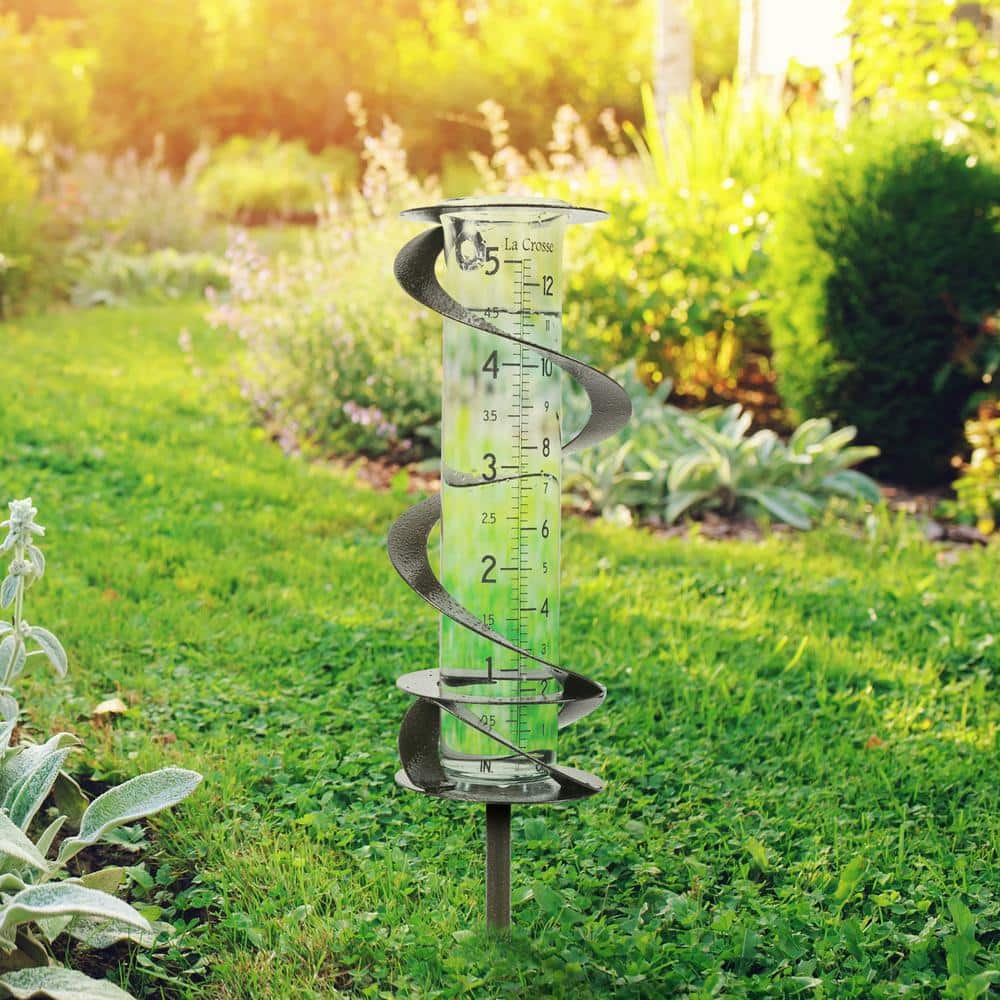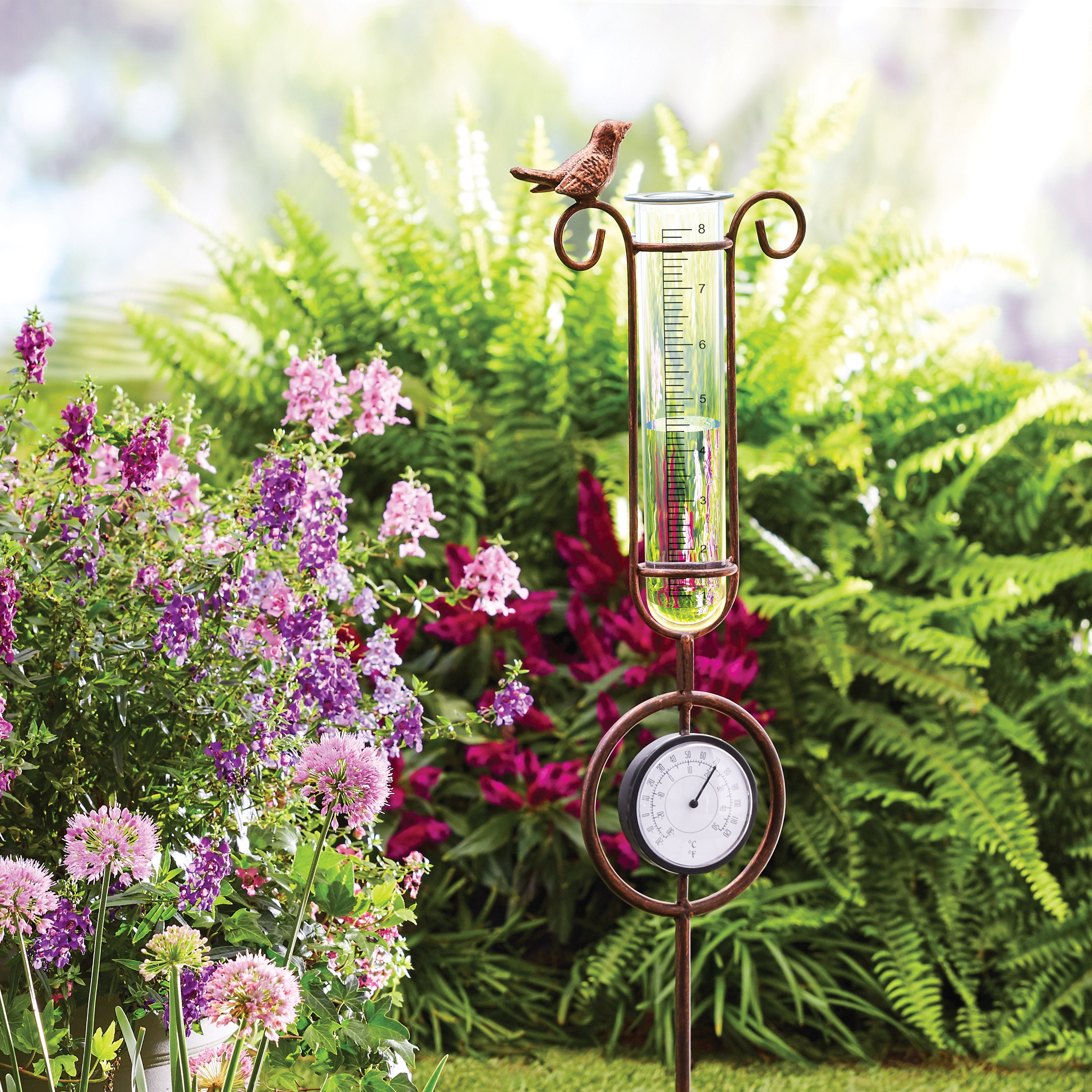The Rain Gauge: A Crucial Device for Checking Precipitation Degrees
The Rain Gauge: A Crucial Device for Checking Precipitation Degrees
Blog Article
Just How to Pick the Right Rain Gauge for Accurate Rainfall Information
Accurate rainfall information is critical for various industries and tasks, such as water, meteorology, and agriculture resource management. To obtain trusted measurements, it is vital to pick the ideal rainfall gauge. This guide intends to give important understandings right into the choice process, permitting you to make educated decisions. Considering factors such as location, type, and accuracy of the rainfall scale will help make certain exact information collection. In addition, recognizing the maintenance and calibration procedures will certainly add to the durability and reliability of your rain gauge. By adhering to these standards, you can make certain precise rainfall information, allowing far better decision-making and planning for numerous applications.
Significance of Selecting the Right Rain Scale
The value of selecting the ideal rain gauge depends on obtaining dependable and exact rainfall data for exact meteorological evaluation. Rain data is critical for a broad array of applications, consisting of weather condition projecting, hydrological modeling, and environment research. Unreliable or unreliable information can lead to incorrect verdicts and flawed decision-making procedures.

Secondly, the accuracy and precision of the rainfall gauge are extremely important. The gauge should be able to gauge rains with high precision, recording even tiny amounts of rainfall properly.
Moreover, the location and installment of the rain scale are important factors to consider. It needs to be put in an open location, away from obstructions that can impact rainfall dimensions. The gauge must be positioned at an appropriate elevation and angle to avoid splashing and guarantee correct catchment of rainwater.
Aspects to Think About When Selecting a Rainfall Scale
When selecting a rain scale, there are several vital aspects to take into consideration. There are various types available, including conventional rainfall assesses, tipping bucket rainfall determines, and considering rainfall determines.
An additional factor to think about is the material of the rain scale. Rainfall determines can be constructed from numerous products, such as steel, plastic, or glass. The material selected ought to be resilient and resistant to climate condition, making certain that the rain gauge will withstand the aspects and supply precise measurements over time.
Precision is additionally a critical factor to think about. Look for rainfall assesses that have been calibrated and evaluated for precision. Attributes such as anti-splash rings and funnels can likewise boost the precision of the dimensions.

Lastly, think about the environment and atmosphere in which the rainfall gauge will certainly be made use of. Various rain evaluates are ideal for various climates, so it is necessary to select one that is proper for the conditions in your area.
Various Kinds of Rainfall Gauges Available
To even more discover the elements to take into consideration when selecting a rainfall gauge, it is crucial to recognize the various types of rain determines readily available. The most common kind is the typical rainfall scale, also understood as the cylindrical rainfall scale.
Another kind of rain gauge is the tipping container rainfall scale. This gauge uses a seesaw-like system to accumulate and measure rains. As the rain drops into the gauge, it fills out one side of the bucket, creating it to tip and empty the water. The variety of suggestions is counted electronically to figure out the quantity of rains. Tipping bucket rainfall determines are prominent for their precision and capability to gauge rainfall intensity.
A third type of rain scale is the weighing rainfall gauge. As the rain drops into the scale, it is accumulated in a container linked to an equilibrium.
Finally, there are additionally remote rain assesses that usage advanced technology to determine rains (The Rain Gauge). These evaluates usage sensing units and transmitters to send data wirelessly to a main unit. Remote rain determines are convenient for keeping an eye on rains in hard-to-reach areas or for large data collection
Exactly How to Establish the Accuracy of a Rainfall Scale
One method go to this web-site to evaluate the accuracy of a rain scale is by carrying out routine calibration dimensions. Calibration entails comparing the readings of a rainfall scale to a common dimension, such as a qualified rain gauge or a weather condition terminal with high precision. By contrasting the measurements, any disparities or mistakes in the rain scale can be identified and made up.
To conduct a calibration dimension, beginning by collecting rainfall information from both the rain scale and the standard measurement device over a particular period, such as a month. Contrast the readings and determine the difference between them. This difference is called the calibration error.
It is essential to keep in mind that calibration measurements should be done consistently, as ecological elements, such as particles, wind, and temperature level, can impact the accuracy of the rainfall gauge over time. By performing routine calibrations, any changes in the precision of the rain gauge can be identified and changes can be made appropriately.
In enhancement to calibration, it is likewise recommended to tidy and maintain the rainfall gauge regularly to guarantee its accuracy. Get rid of any type of particles or obstructions that might impact the precision of the measurements, and examine for any type of indicators of damage or put on that may call for repair work or substitute.
Tips for Preserving and Adjusting Your Rain Scale
Regular upkeep and calibration are essential for ensuring the precision and reliability of your rain scale in measuring rains data (The Rain Gauge). By complying with a couple of basic ideas, you can make certain that your rainfall gauge is effectively maintained and adjusted
To start with, it is very important to cleanse your rainfall gauge on a regular basis to avoid any type of debris or dirt from obstructing the rainfall collection device. Use a soft brush and a mild detergent to carefully cleanse the within and beyond the scale. Rinse it completely Full Report with tidy water and permit it to completely dry completely before reinstalling it.
Secondly, it is suggested to adjust your rainfall scale at least once a year. Calibration includes comparing the dimensions of your rainfall scale with those of a relied on and exact reference gauge. This will certainly aid you identify and correct any prospective errors in your rain gauge's dimensions.
To calibrate your rain gauge, gather a recognized volume of water making use of a measuring container and compare it with the dimensions tape-recorded by your rain gauge. Adjust the analyses as necessary to make certain precision.

Verdict
In conclusion, choosing the appropriate rain gauge is crucial for getting accurate rainfall data. Aspects such as place, budget plan, and objective must be taken into consideration when choosing a rain gauge.
There are different types offered, consisting of standard rain evaluates, tipping bucket rain gauges, and her comment is here evaluating rain evaluates.To additionally check out the aspects to think about when selecting a rain gauge, it is important to comprehend the various types of rain gauges offered. The most typical kind is the typical rainfall gauge, likewise understood as the cylindrical rain gauge.An additional kind of rainfall gauge is the tipping container rainfall gauge. Calibration involves contrasting the analyses of a rain gauge to a common dimension, such as a qualified rain gauge or a weather terminal with high precision.
Report this page